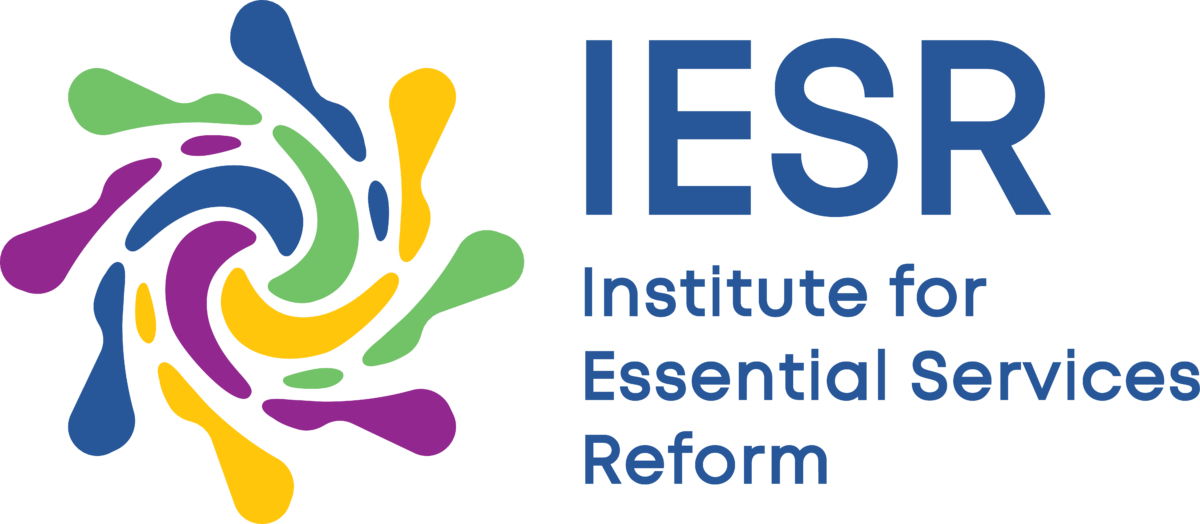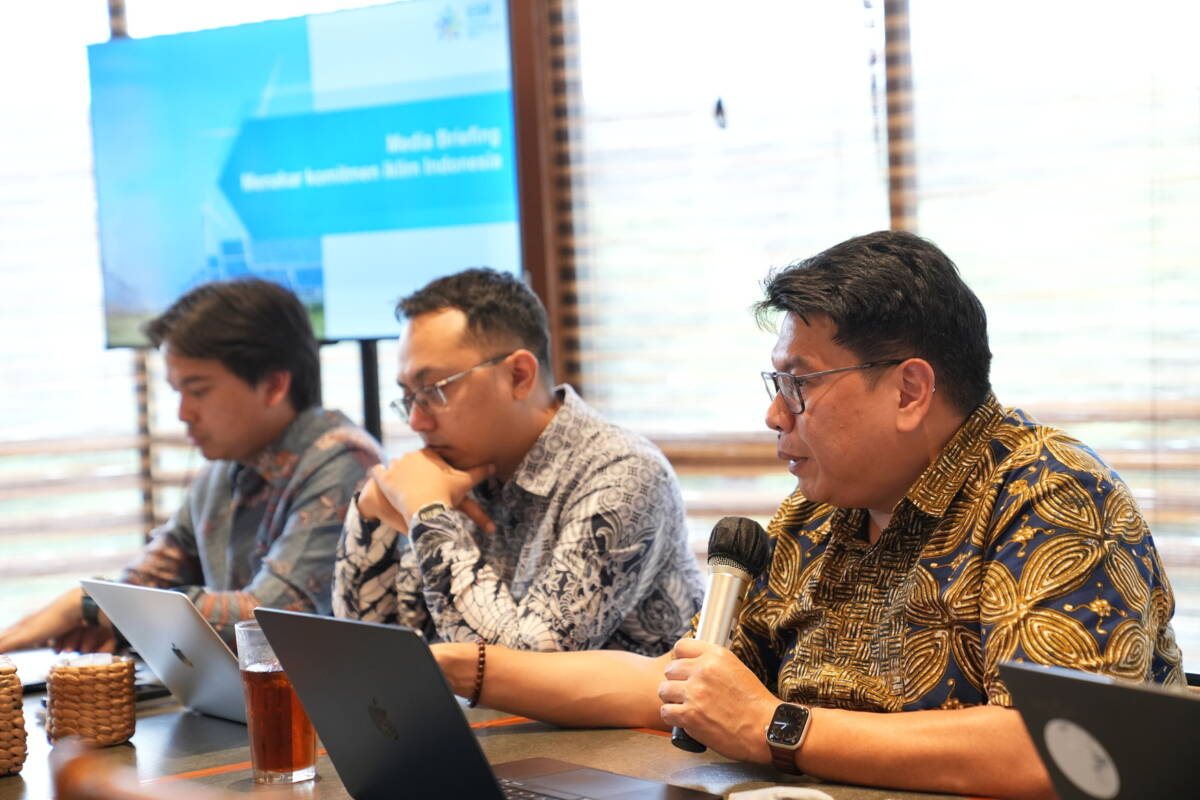Jakarta, October 20, 2025 – Hot temperatures and weather anomalies are currently hitting various regions in Indonesia. Although considered a seasonal phenomenon, the rise in global temperatures due to increased concentrations of greenhouse gases (GHG) in the atmosphere has worsened their intensity. The Institute for Essential Services Reform (IESR) urges the Government of Indonesia to set ambitious emission reduction targets in the Nationally Determined Contribution (NDC) 3.0 document as a form of our commitment to prevent a global climate disaster.
IESR also urges the government to submit the NDC 3.0 to the United Nations Framework Convention on Climate Change (UNFCCC) before the Conference of the Parties (COP) 30 takes place in November 2025. This is a form of global solidarity and Indonesia’s leadership in the global arena regarding climate change mitigation, which began during the era of President SBY.
IESR assesses that there are several advances in the draft NDC 3.0 communicated by the National Focal Point last year, including an increase in the emission reduction target compared to the Enhanced NDC (ENDC), a change in the baseline to the 2019 emission reference level, as well as an expansion of the scope of hydrofluorocarbon (HFC) greenhouse gases, and the inclusion of the marine and upstream oil and gas sub-sectors. In addition, the draft also includes a zero-waste target by 2040 and adds the principle of a just transition. However, the climate targets and actions in the draft are not yet aligned with the Paris Agreement.
Chief Executive Officer (CEO) of IESR, Fabby Tumiwa, said that both the conditional and unconditional targets in the draft NDC 3.0 are not consistent with limiting the temperature increase to below 2°C, in line with the goals of the Paris Agreement. The unconditional target still allows for an increase in emissions until the middle of this century, while the conditional target only shows significant reduction efforts after 2035. The delay of climate action until the period after 2035 will pose technical risks and incur costly, inefficient economic costs, and hinder the government’s ambition to achieve the Golden Indonesia 2045 target, which requires consistent economic growth above 6.5 percent per year.
“Although the government has estimated that the emissions peak has shifted to 2035, efforts to accelerate emission reduction by achieving the emissions peak in 2030 can actually still be done by retiring coal-fired power plants (CFPPs), and accelerating the development of renewable energy, one of which is implementing the construction of 100 GW of Solar Power Plants (PLTS) within five years, and replacing 3.4 GW of scattered Diesel Power Plants (PLTD) operated by PT. PLN,” explained Fabby.
Based on the analysis by Climate Action Tracker (CAT), of which IESR is a member, Indonesia needs to set GHG reductions in line with the 1.5°C pathway, estimated at 850 million tons of carbon dioxide equivalent in 2030 and decreasing to 720 million tons of carbon dioxide equivalent in 2035, excluding the contribution of carbon absorption from the land and forestry sector (FOLU).
To achieve more ambitious emission reduction targets, IESR recommends several strategic steps. First, the government needs to immediately realize the early retirement plan for old, inefficient, and high-emission CFPPs. There is a potential of 9 GW of CFPPs that can be phased out until 2030–2035, and the substitution of 3.5 GW of PLTDs operated by PLN in 3T regions (Frontier, Outermost, and Underdeveloped), accompanied by the construction of up to 100 GW of renewable energy as a replacement.
Second, reforming fossil fuel subsidies to encourage more efficient energy use and reduce dependence on fuel imports.
Third, accelerating energy efficiency and conservation must be a priority through standardization, certification, and ease of access to funding, so that the industrial and building sectors can implement various energy-saving methods that reduce emissions while lowering long-term costs.
Fourth, following up on the Global Methane Pledge commitment by reducing methane gas emissions by 30 percent by 2030, as agreed by President Joko Widodo in 2021.
Amid the anticipation of the NDC 3.0 release, the Government of Indonesia issued Presidential Regulation (Perpres) No. 110 of 2025 on the Implementation of the Carbon Value Instrument and National Greenhouse Gas Emission Control on October 10, 2025. This Perpres aligns carbon policies with the foundation of economic activity and growth, simplifies the business process for offset trading, and establishes an appropriate governance framework.
IESR assesses that there is a need for a safeguard system that can ensure the integrity of the carbon market for both buyers and sellers, in line with environmental protection practices, increasing credibility in the eyes of carbon market players and the public. Furthermore, a transparent mechanism is also needed to prevent potential carbon fraud.

